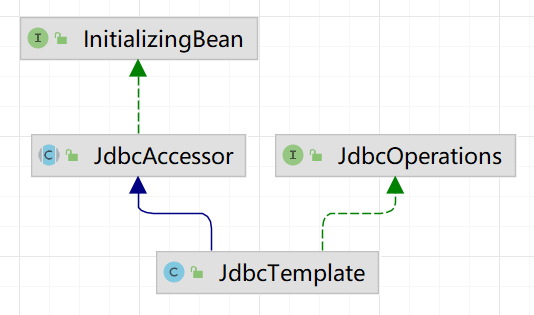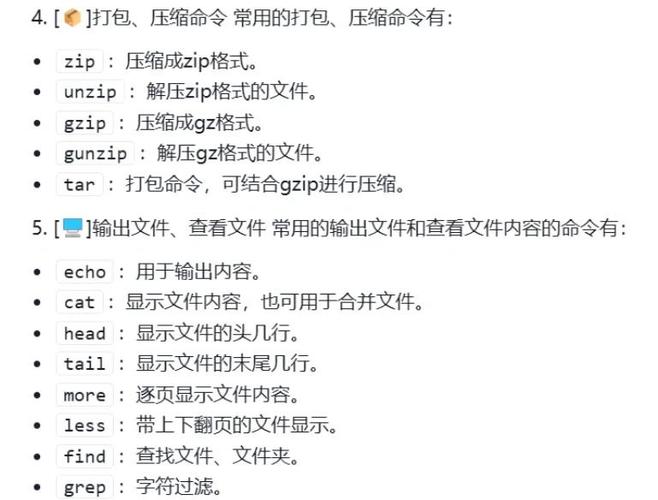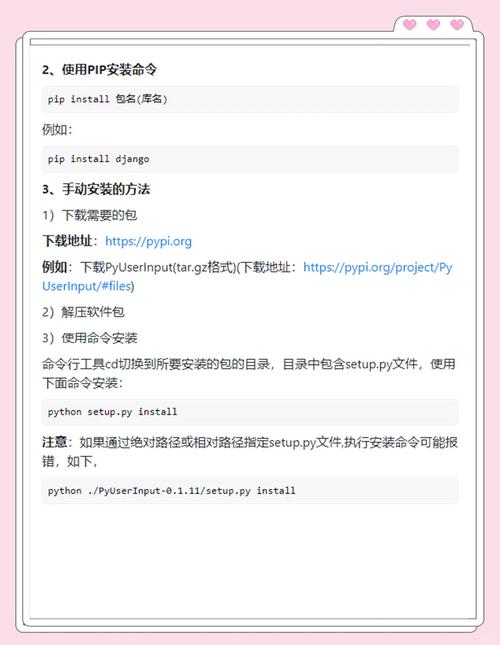【MySQL数据库】丨一文详解 JdbcTemplate(Spring中的CRUD)
前言
JdbcTemplate 是 Spring框架 中提供的一个对象,用于简化JDBC操作。它使得数据库操作变得更为简单和方便,大大提高了开发效率。
文章目录
- 前言
- 为何要使用JdbcTemplate
- 在JdbcTemplate中执行SQL语句的方法大致分为3类:
- 案例代码
- JdbcTemplate实现增删改
- 案例代码
- JdbcTemplate查询-queryForInt返回一个int整数
- 案例代码
- JdbcTemplate查询-queryForObject返回String
- 案例代码
- JdbcTemplate查询-queryForMap返回一个Map集合
- 处理结果
- JdbcTemplate查询-queryForList返回一个List集合
- 处理结果
- JdbcTemplate查询-RowMapper返回自定义对象
- 案例代码
- JdbcTemplate查询-BeanPropertyRowMapper返回自定义对象
为何要使用JdbcTemplate
JDBC已经能够满足大部分用户最基本的需求,但是在使用JDBC时,必须自己来管理数据库资源如:获取PreparedStatement,设置SQL语句参数,关闭连接等步骤。
当初看到jdbctempate时感觉很诧异,但是用到时候感觉这样使用真的方便,类似于mybatis的封装,但是却比他简单,明了。
org.springframework.jdbc.core.JdbcTemplate类是JDBC核心包中的中心类。它简化了JDBC的使用,并有助于避免常见的错误。 它执行核心JDBC工作流,留下应用程序代码来提供SQL并提取结果。 该类执行SQL查询或更新,在ResultSet类上启动迭代并捕获JDBC异常,并将它们转换为org.springframework.dao包中定义的通用更详细的异常层次结构。使用这个类的代码只需要实现回调接口,给它们一个明确定义的协定。 Preparedstatementcreator 回调接口在给定 Connection 的情况下创建一个准备好的语句,提供 SQL 和任何必要的参数。 Resultsetextractor 接口从 ResultSet 中提取值。 请参阅 PreparedStatementSetter 和 RowMapper 了解两个流行的可选回调接口。
JdbcTemplate是Spring对JDBC的封装,目的是使JDBC更加易于使用。JdbcTemplate是Spring的一部分。JdbcTemplate处理了资源的建立和释放。他帮助我们避免一些常见的错误,比如忘了总要关闭连接。他运行核心的JDBC工作流,如Statement的建立和执行,而我们只需要提供SQL语句和提取结果
在JdbcTemplate中执行SQL语句的方法大致分为3类:
- execute:可以执行所有SQL语句,一般用于执行DDL语句。
- update:用于执行INSERT、UPDATE、DELETE等DML语句。
- queryXxx:用于DQL数据查询语句。
JdbcTemplate配置连接池
org.springframework.jdbc.core.JdbcTemplate类方便执行SQL语句
public JdbcTemplate(DataSource dataSource) 创建JdbcTemplate对象,方便执行SQL语句
public void execute(final String sql) execute可以执行所有SQL语句,因为没有返回值,一般用于执行DDL语句。
JdbcTemplate使用步骤
准备DruidDataSource连接池
导入依赖的jar包
spring-beans-4.1.2.RELEASE.jar
spring-core-4.1.2.RELEASE.jar
spring-jdbc-4.1.2.RELEASE.jar
spring-tx-4.1.2.RELEASE.jar
com.springsource.org.apache.commons.logging-1.1.1.jar
public void execute(final String sql)
execute可以执行所有SQL语句,因为没有返回值,一般用于执行DDL语句。
创建JdbcTemplate对象,传入Druid连接池
调用execute、update、queryXxx等方法
案例代码
public class Demo04 { public static void main(String[] args) { // 创建表的SQL语句 String sql = "CREATE TABLE product(" + "pid INT PRIMARY KEY AUTO_INCREMENT," + "pname VARCHAR(20)," + "price DOUBLE" + ");"; JdbcTemplate jdbcTemplate = new JdbcTemplate(DataSourceUtils.getDataSource()); jdbcTemplate.execute(sql); } }JdbcTemplate实现增删改
API介绍
public int update(final String sql) 用于执行`INSERT`、`UPDATE`、`DELETE`等DML语句。
使用步骤
1.创建JdbcTemplate对象
2.编写SQL语句
3.使用JdbcTemplate对象的update方法进行增删改
案例代码
public class Demo05 { public static void main(String[] args) throws Exception { // test01(); // test02(); // test03(); } // JDBCTemplate添加数据 public static void test01() throws Exception { JdbcTemplate jdbcTemplate = new JdbcTemplate(DataSourceUtils.getDataSource()); String sql = "INSERT INTO product VALUES (NULL, ?, ?);"; jdbcTemplate.update(sql, "iPhone3GS", 3333); jdbcTemplate.update(sql, "iPhone4", 5000); jdbcTemplate.update(sql, "iPhone4S", 5001); jdbcTemplate.update(sql, "iPhone5", 5555); jdbcTemplate.update(sql, "iPhone5C", 3888); jdbcTemplate.update(sql, "iPhone5S", 5666); jdbcTemplate.update(sql, "iPhone6", 6666); jdbcTemplate.update(sql, "iPhone6S", 7000); jdbcTemplate.update(sql, "iPhone6SP", 7777); jdbcTemplate.update(sql, "iPhoneX", 8888); } // JDBCTemplate修改数据 public static void test02() throws Exception { JdbcTemplate jdbcTemplate = new JdbcTemplate(DataSourceUtils.getDataSource()); String sql = "UPDATE product SET pname=?, price=? WHERE pid=?;"; int i = jdbcTemplate.update(sql, "XVIII", 18888, 10); System.out.println("影响的行数: " + i); } // JDBCTemplate删除数据 public static void test03() throws Exception { JdbcTemplate jdbcTemplate = new JdbcTemplate(DataSourceUtils.getDataSource()); String sql = "DELETE FROM product WHERE pid=?;"; int i = jdbcTemplate.update(sql, 7); System.out.println("影响的行数: " + i); } }JdbcTemplate查询-queryForInt返回一个int整数
API介绍
API介绍
public long queryForLong(String sql) 执行查询语句,返回一个long类型的数据。
使用步骤
创建JdbcTemplate对象
编写查询的SQL语句
使用JdbcTemplate对象的queryForLong方法
输出结果
案例代码
// queryForLong 返回一个long类型整数 public static void test02() throws Exception { String sql = "SELECT COUNT(*) FROM product;"; // String sql = "SELECT pid FROM product WHERE price=18888;"; JdbcTemplate jdbcTemplate = new JdbcTemplate(DataSourceUtils.getDataSource()); long forLong = jdbcTemplate.queryForLong(sql); System.out.println(forLong); }JdbcTemplate查询-queryForObject返回String
API介绍
public T queryForObject(String sql, Class requiredType) 执行查询语句,返回一个指定类型的数据。
使用步骤
创建JdbcTemplate对象
编写查询的SQL语句
使用JdbcTemplate对象的queryForObject方法,并传入需要返回的数据的类型
输出结果
案例代码
public static void test03() throws Exception { String sql = "SELECT pname FROM product WHERE price=7777;"; JdbcTemplate jdbcTemplate = new JdbcTemplate(DataSourceUtils.getDataSource()); String str = jdbcTemplate.queryForObject(sql, String.class); System.out.println(str); }JdbcTemplate查询-queryForMap返回一个Map集合
API介绍
public Map queryForMap(String sql) 执行查询语句,将一条记录放到一个Map中。
使用步骤
创建JdbcTemplate对象
编写查询的SQL语句
使用JdbcTemplate对象的queryForMap方法
处理结果
public static void test04() throws Exception { String sql = "SELECT * FROM product WHERE pid=?;"; JdbcTemplate jdbcTemplate = new JdbcTemplate(DataSourceUtils.getDataSource()); Map map = jdbcTemplate.queryForMap(sql, 6); System.out.println(map); }JdbcTemplate查询-queryForList返回一个List集合
API介绍
public List queryForList(String sql) 执行查询语句,返回一个List集合,List中存放的是Map类型的数据。
使用步骤
创建JdbcTemplate对象
编写查询的SQL语句
使用JdbcTemplate对象的queryForList方法
处理结果
public static void test05() throws Exception { String sql = "SELECT * FROM product WHERE pid










